Shocking Update on Dire Wolves Brought Back From Extinction Reveal They More Than Doubled in Size
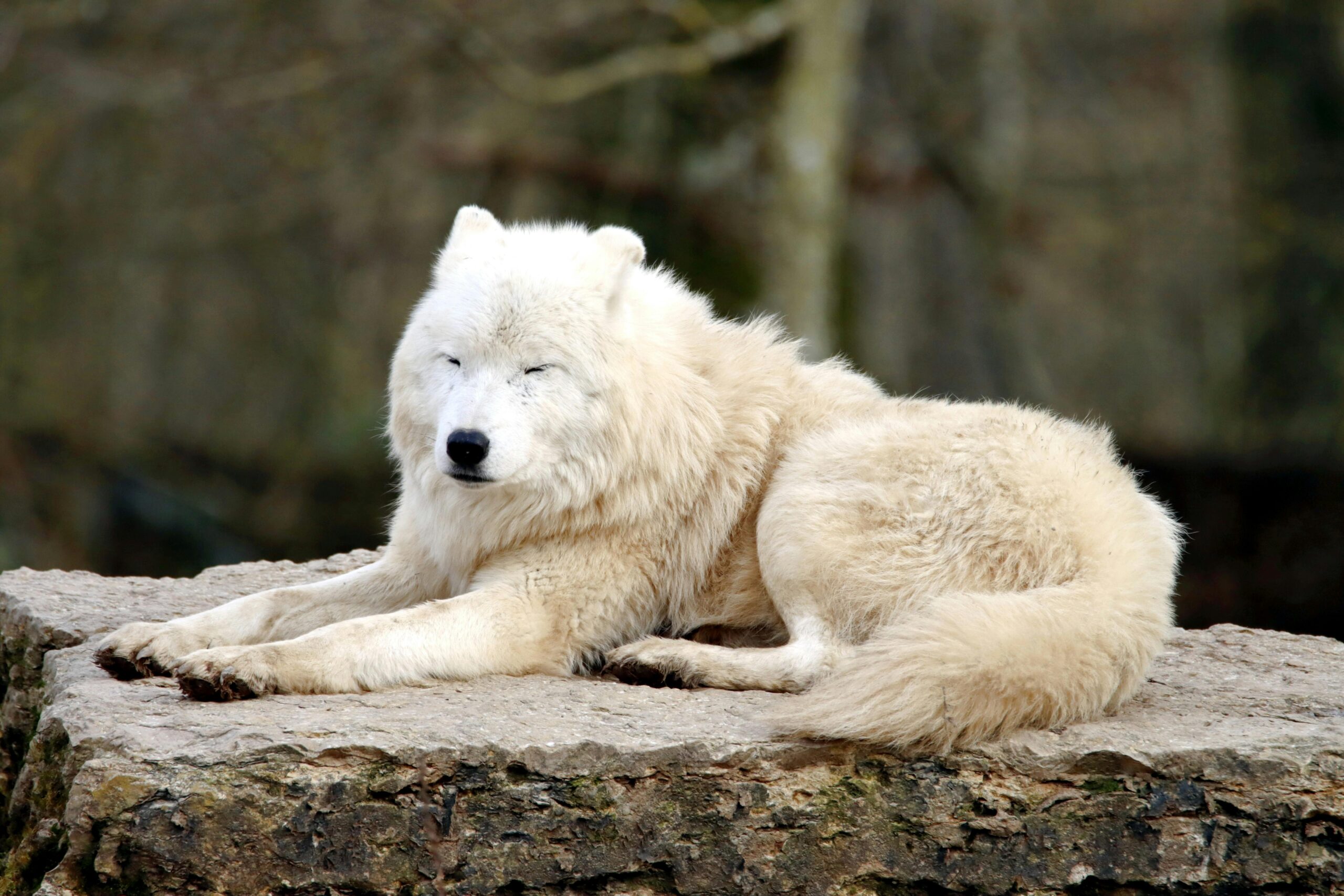
Ten thousand years ago, the dire wolf vanished from the face of the Earth its deep howl silenced, its legacy fossilized beneath layers of time. Larger and more powerful than any wolf alive today, it roamed the ancient Americas as a dominant predator, then disappeared alongside the mammoth and saber-toothed cat. Until now.
Today, that silence has been broken.
At a remote ecological preserve, three snow-white pups Romulus, Remus, and Khaleesi are growing fast, already weighing more than double what they did just months ago. Their eyes are sharp, their instincts wild, and their genes carry echoes from the Ice Age. These are not ordinary wolves. They are the product of cutting-edge science, born not from fantasy but from the fusion of ancient DNA and modern innovation.
This isn’t just a biological breakthrough. It’s a moment that blurs the line between past and future, fiction and fact an event that forces us to confront what we’re truly capable of as a species. Are we merely caretakers of the planet, or have we become architects of life itself?
What follows is the story of how scientists brought back the dire wolf and why it matters more than most people realize.
A Shocking Resurrection
The return of the dire wolf is more than a scientific milestone it’s a moment that rewrites what we believed was final. For over 10,000 years, the species was gone. Fossils were all that remained, scattered across the Americas from Venezuela to Canada. But in October 2024, that silence ended when two pups, Romulus and Remus, were born. Khaleesi followed in January 2025. All three are genetically edited replicas of their extinct ancestors, brought to life through a process few thought achievable in our time.
Unlike traditional cloning, which often relies on invasive tissue extraction, Colossal’s team used blood-derived endothelial progenitor cells to create genetically engineered embryos. These were implanted into surrogate hounds, selected for their size and health. The pregnancies were closely monitored, culminating in cesarean deliveries performed by expert teams. The result: healthy, viable pups that showed distinct dire wolf traits from birth.
NEW: Scientists have brought back dire wolves using ancient DNA, with the first born on October 1, 2024, over 10,000 years after their extinction
— Unlimited L's (@unlimited_ls) April 7, 2025
The genome was reconstructed by Colossal from ancient DNA found in fossils
The fossils date back 11,500 and 72,000 years
Colossal… pic.twitter.com/QmG9b3ZF5N
And these aren’t just symbolic animals they’re physically and behaviorally striking. Romulus and Remus, at just over six months old, weigh more than 90 pounds over 20% larger than standard gray wolves of the same age. Their thick coats, wide skulls, powerful jaws, and heightened caution toward humans all align with the traits documented from fossil studies of the original dire wolf, Aenocyon dirus.
More remarkable is what they represent. When one of the pups howled in response to a caretaker’s song an instinctive call not heard on Earth in over ten millennia it was a haunting reminder: this wasn’t just the recovery of a species’ look or size. It was the return of its presence. A voice from the past, alive again in a living, breathing body.
That howl marked more than just a revival. It marked a resurrection.
Science or Science Fiction? How They Did It
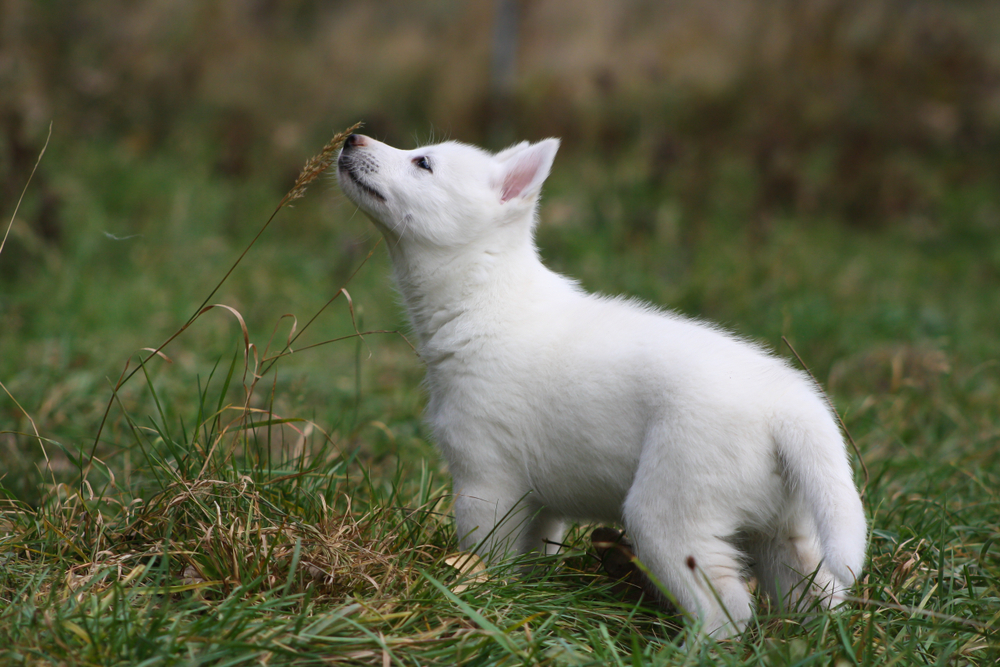
What once seemed like a plotline from a Hollywood script has become a technical reality, thanks to a precise fusion of ancient biology and modern biotechnology. Behind the resurrection of the dire wolf lies a sophisticated blend of gene editing, cloning, and deep genomic analysis executed not in secret laboratories of fiction, but by a team of 130 scientists at Colossal Biosciences.
The starting point was DNA. Colossal extracted ancient genetic material from two fossilized specimens a 13,000-year-old tooth and a 72,000-year-old ear bone. From these, scientists were able to assemble two complete dire wolf genomes. By comparing these genomes to those of modern canids, they identified 20 key gene variants spread across 14 genes that shaped the distinct physical and behavioral features of dire wolves.
Rather than splice ancient DNA directly into a living genome, Colossal rewrote the genes of the gray wolf, the dire wolf’s closest living relative. Using CRISPR gene-editing technology, the team altered specific traits to recreate dire wolf characteristics: larger body size, denser musculature, a broader head, stronger jaws, thick white fur, and a deeper howl.
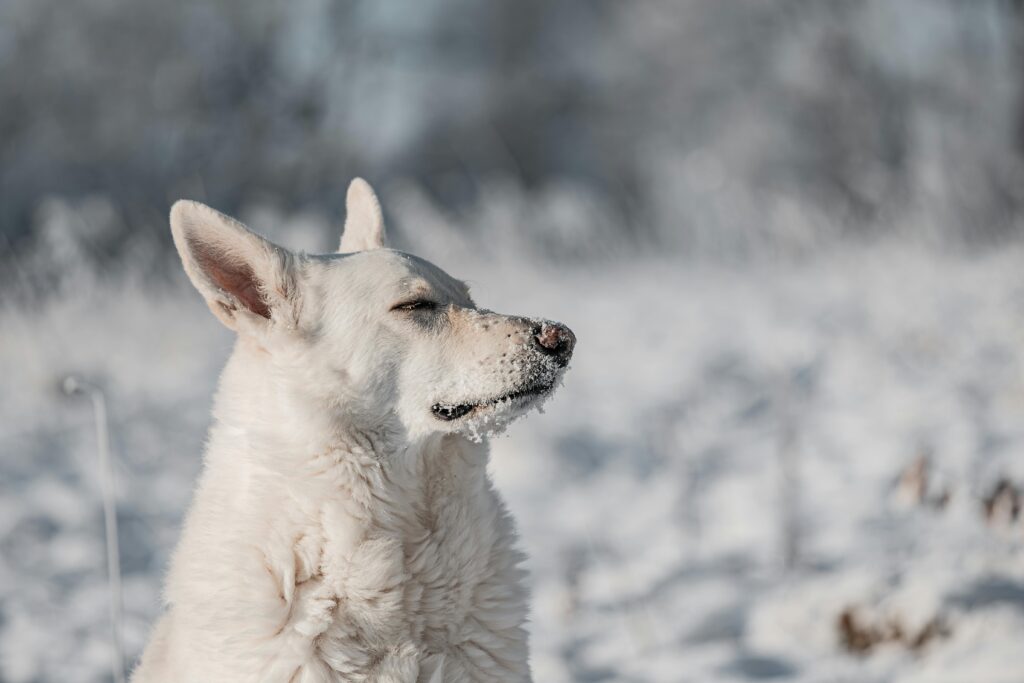
These edited cells sourced non-invasively from the blood of gray wolves were cloned into donor dog eggs. Of the 45 embryos created, three were successfully carried to term by surrogate dogs selected for their robustness and size. The process was methodical and carefully monitored, with round-the-clock veterinary care, regular ultrasounds, and cesarean deliveries designed to minimize risk.
The pups were hand-reared in a secure 2,000-acre preserve equipped with weather shelters, medical facilities, and natural dens. The Colossal team monitored every aspect of their development, from feeding schedules to behavioral patterns. From blood samples to CT scans, nothing was left to chance.
While the wolves are not genetically identical to their extinct ancestors—sharing roughly 99.5% DNA they carry the defining phenotypic traits that made dire wolves unique. As Colossal’s Chief Science Officer, Beth Shapiro, put it: this isn’t about perfection, it’s about function. These are living, breathing animals that express the essence of a species thought forever lost.
This technological leap isn’t just about looking backward. The same tools used to bring back the dire wolf are already being adapted to prevent extinction in species like the red wolf and the northern quoll. It’s not fantasy. It’s the frontier of conservation biology one edit, one embryo, one howl at a time.
What Makes Them Different
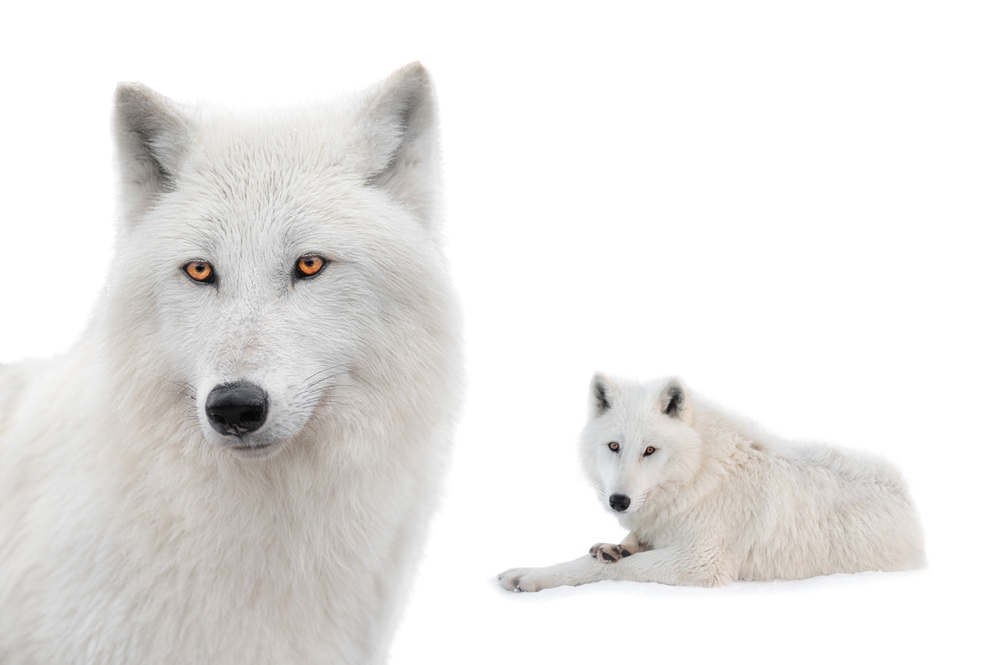
Romulus, Remus, and Khaleesi are not just genetic experiments they are living proof of a once-lost species re-emerging with force. And the differences between these dire wolves and their modern gray wolf counterparts are unmistakable.
At just over six months old, Romulus and Remus each weigh more than 90 pounds already 20% larger than standard gray wolves. Their muscle structure is denser, their heads wider, and their jaws more robust, aligning closely with fossil evidence of Ice Age dire wolves. Even their coats, thick and snowy white, mirror what ancient DNA suggests dire wolves once wore to survive harsh climates.
But it’s not just physical. These pups carry behaviors encoded deep in their modified DNA. Unlike domestic dogs or even gray wolves raised in captivity, Romulus and Remus exhibit classic lupine caution. They don’t seek human affection. Even those who raised them from birth are met with distance. Their instincts push them toward solitude and observation, not companionship. They howl instinctively, stalk moving objects in their environment, and respond to unfamiliar sounds by retreating into dark, hidden spaces—behaviors more suited to wild predators than lab-raised animals.
Even among themselves, social roles are emerging. Remus, slightly smaller in size, has taken on a dominant role alert, observant, often the one strategizing from behind. Romulus, the larger of the two, displays more submissive tendencies, stepping back in feeding and play, a classic beta posture. Their sister, Khaleesi, currently around 35 pounds at just three months old, is kept separate for now but is being gradually introduced through scent and sight.
Their diet reflects their heritage. Initially fed pureed meat to mimic regurgitated prey, they now tear into whole cuts of deer, horse, and organ meat practicing the muscle memory of a wild hunt. While they haven’t yet killed live prey, their physiology and instincts suggest it’s only a matter of time.
These dire wolves are not domesticated. They are not pets. They are not just wolves with new names. They are something ancient and new all at once designed to reflect a species lost to time, now reborn into a world it never knew. And they are growing fast, in both size and complexity.
Ethical Questions and Ecological Impact
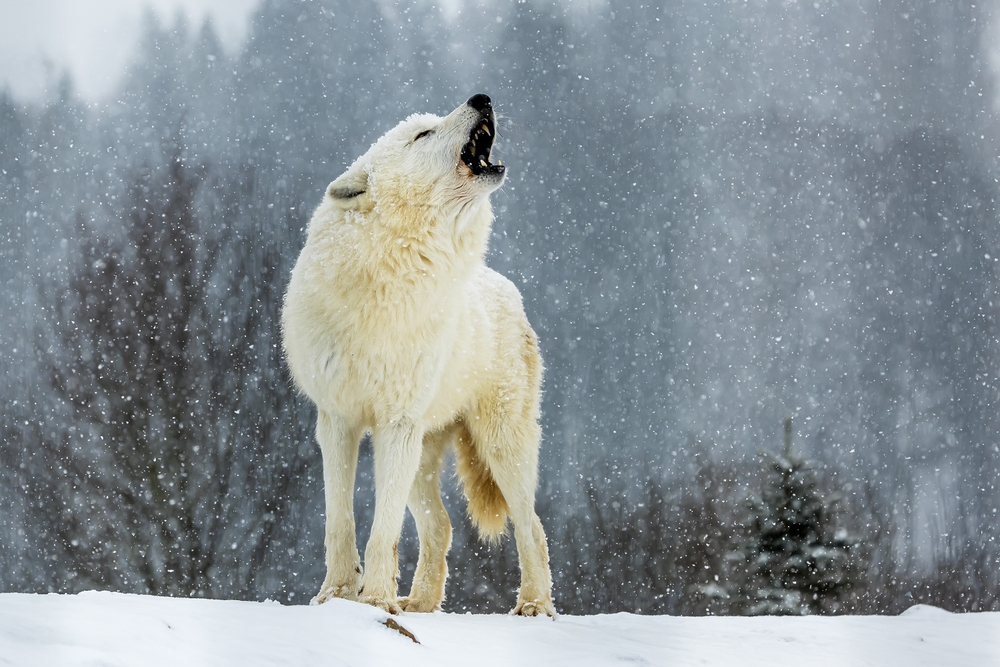
As awe-inspiring as the resurrection of the dire wolf may be, it raises urgent questions that science alone can’t answer. Bringing back a species from extinction is not just a technical feat it’s a philosophical, ecological, and ethical challenge.
The first concern lies in animal welfare. While Colossal’s cloning process avoided some of the harsher procedures used in past cloning efforts such as invasive tissue harvesting or high miscarriage rates cloning is still a delicate, risky business. Experts like Columbia University’s Robert Klitzman caution that even with progress, cloned animals can suffer from enlarged organs, immune deficiencies, or early aging. While Romulus, Remus, and Khaleesi appear healthy, their long-term well-being remains uncertain, and ongoing monitoring is crucial.
Then comes the issue of captivity. Dire wolves were once apex predators, roaming vast territories that could stretch over 1,000 square miles. In contrast, the three engineered pups live in a secure 2,000-acre reserve. Though expansive by human standards, this space cannot replicate the ecological complexity or scale of a wild habitat. These wolves are being studied, not rewilded and they may never be. Their lives, while safe and cared for, are also limited in scope.
Ecologically, reintroducing extinct or engineered species into the wild carries massive risks. History is filled with examples of human interference leading to disaster cane toads in Australia, Asian carp in the U.S., Burmese pythons in the Everglades. Species introduced with good intentions often become invasive, overwhelming ecosystems and displacing native species. The dire wolf, a specialized Ice Age hunter, once thrived on megafauna like mammoths and massive bison. In today’s world, with those prey long gone, could it even survive without upsetting existing food chains?
There’s also the moral hazard of de-extinction technology itself. Critics argue that pouring hundreds of millions into resurrecting extinct animals could divert attention and funding from protecting endangered ones already on the brink. Colossal rebuts this by highlighting its simultaneous work to preserve species like the red wolf and northern quoll efforts enhanced by the same genetic tools developed for de-extinction. But the tension remains: are we using this power to right past wrongs, or simply to satisfy scientific ambition?
Bioethicists like Yale’s Stephen Latham emphasize a deeper point. It’s not enough to recreate a creature’s genome or phenotype. A true revival requires restoring the animal’s way of life its natural environment, social structure, and purpose in the ecosystem. A lone mammoth, a captive dire wolf they may look the part, but can they truly live it?
In reviving the dire wolf, humanity has opened a door to a new era one filled with possibility, but also responsibility. Whether we step through with wisdom or repeat the mistakes of the past will define not just the future of one species, but the fate of many.
What the Howl Really Means
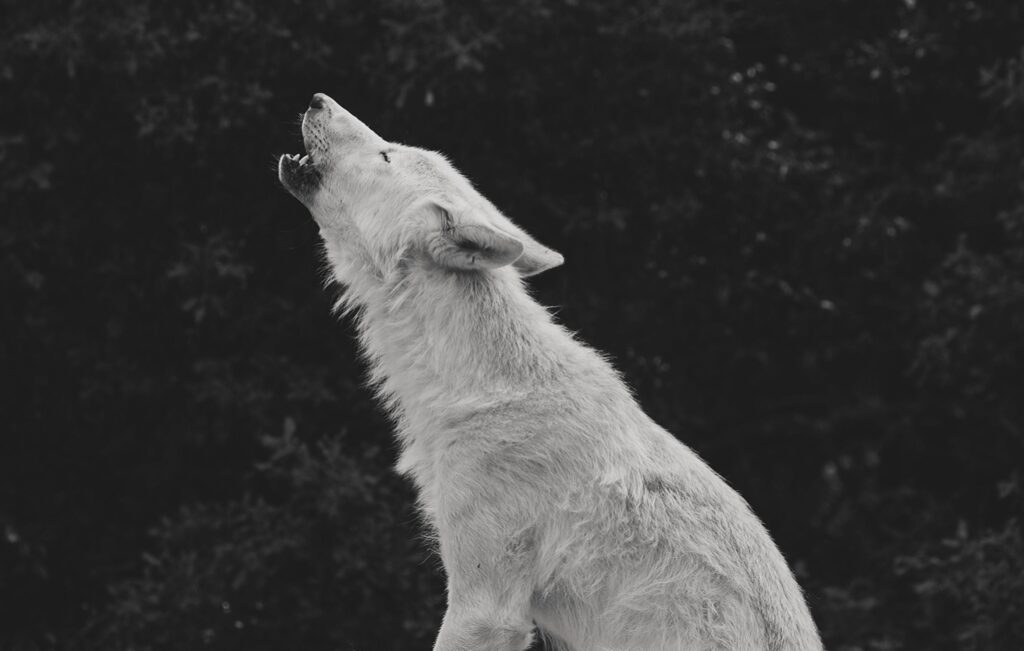
The return of the dire wolf is not just a marvel of genetic engineering it is a mirror held up to humanity. In the howls of Romulus, Remus, and Khaleesi echo both our scientific potential and our moral crossroads. With the tools to resurrect the past now in hand, we are no longer bystanders in nature’s timeline we are authors of its next chapter.
Colossal’s work pushes the limits of what’s possible. Yet even with healthy pups, expanding genetic tools, and billion-dollar backing, the questions loom larger than the wolves themselves. How far should we go? What lives are we creating and for whose benefit? Can we restore balance without tipping the scales?
What’s clear is that these wolves are more than symbols or curiosities. They represent the dawn of a new relationship between humanity and the natural world one defined not by conquest, but by conscious choice. If we use these breakthroughs to protect the vulnerable, restore biodiversity, and tread carefully with the power we now wield, then perhaps this moment will be remembered not just as the rebirth of a predator, but as the beginning of a wiser era.
Romulus, Remus, and Khaleesi will never roam the Ice Age plains. But their presence today is a reminder that extinction need not be the final word. With precision, care, and humility, we can shape a future where lost voices once thought silenced can sing again.
Loading...

